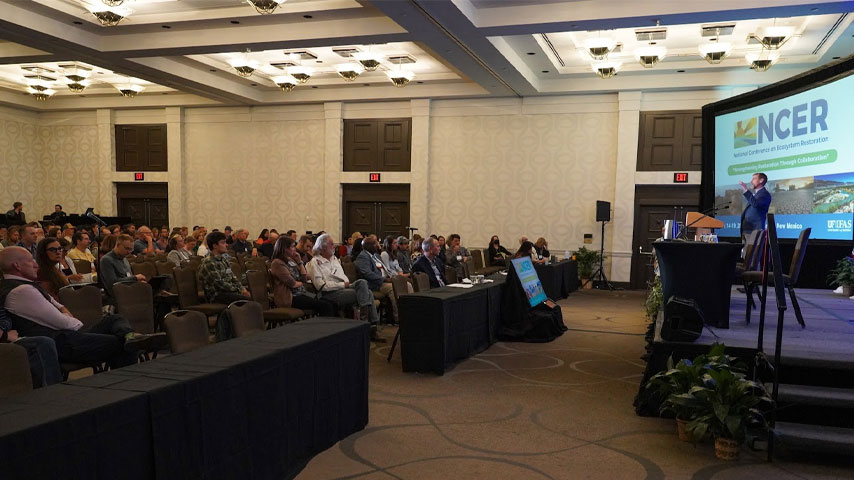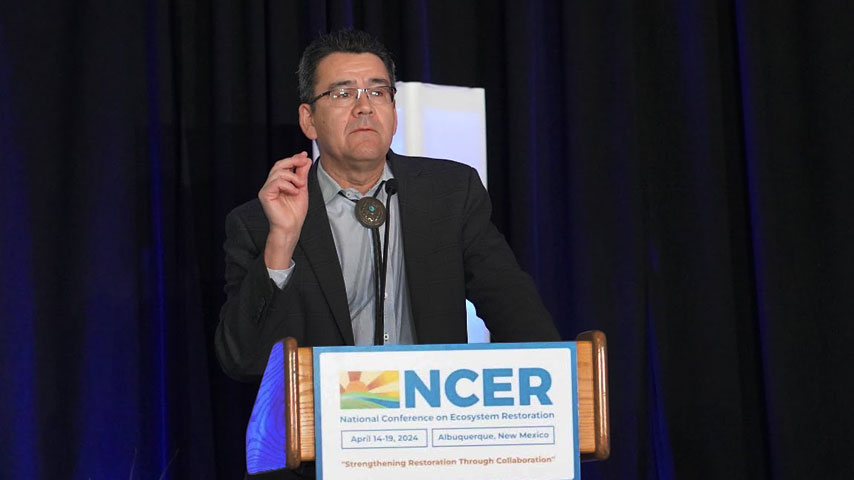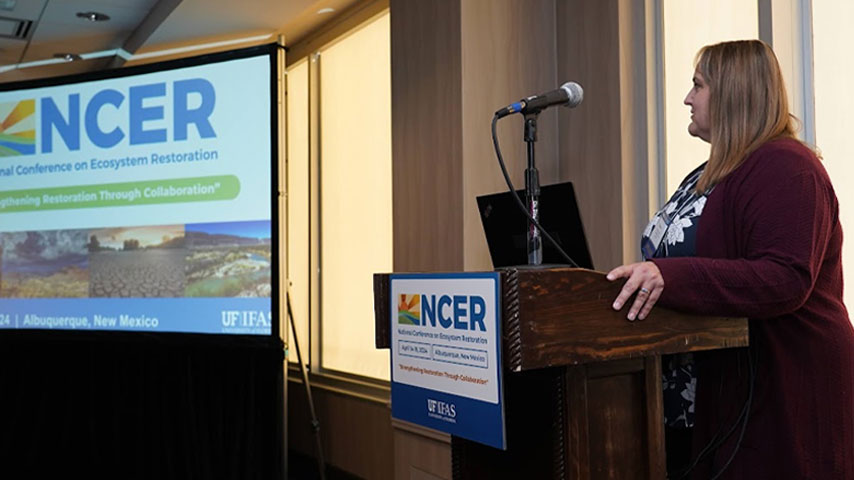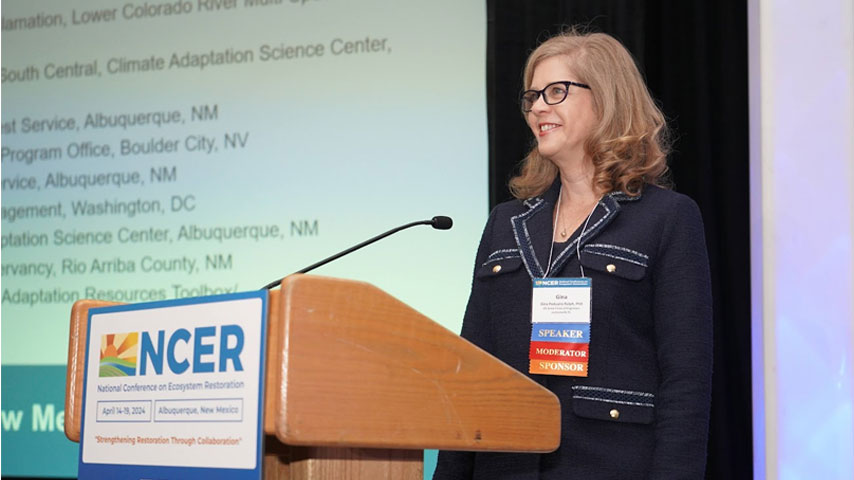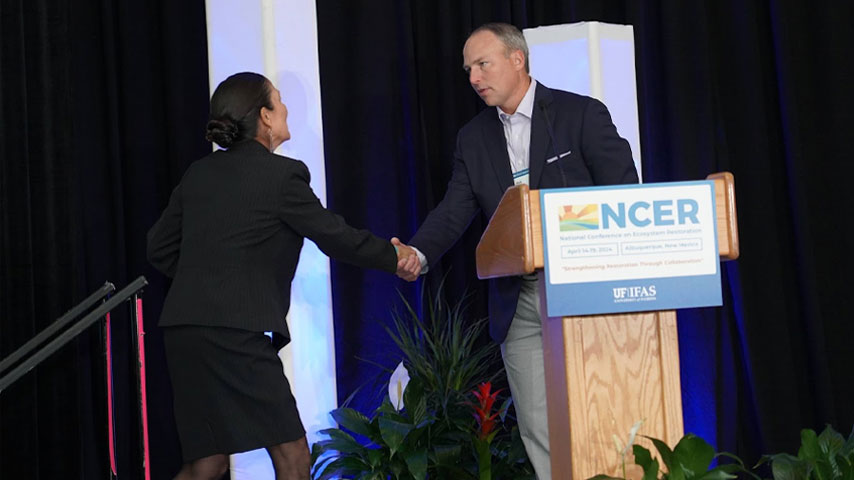Importance of Ecosystem Restoration in the U.S.
Ecosystem restoration in the United States provides scientific, environmental, and economic benefits, making it a crucial investment for long-term sustainability. From a scientific standpoint, restoring ecosystems helps reverse biodiversity loss, improve resilience, and enhance natural processes. Economically, restoration generates significant returns by reducing effects of natural disasters, improving public health, and boosting industries such as agriculture, fisheries, and tourism.
Return on Investment
High Economic Returns
Every $1 invested in ecosystem restoration yields $3–$30 in economic benefits.
(Source: United Nations Environment Programme, U.S. EPA)
Job Creation and Economic Growth
Restoration projects create jobs in forestry, wetland conservation, infrastructure, and ecotourism.
Example: The Great Lakes Restoration Initiative (GLRI) created over 5,000 jobs and boosted local economies.
Estimate: Investing $1 billion in restoration supports 30,000+ jobs across various industries (U.S. Department of Agriculture).
Supporting Livelihoods and Food Security
Restoration can enhance local communities' resilience to economic and environmental shocks. By improving the health of agricultural land, forest products, and fisheries, restored ecosystems support sustainable livelihoods. Communities become more resilient by relying on natural systems that are robust and adaptive to external pressures like climate change, market fluctuations, or extreme weather events.
Example: Soil conservation efforts increase crop yields by 5–10% over time, improving food security and farm profits. Regenerative agriculture reduces fertilizer costs by improving soil microbial health and nutrient cycling.
Fisheries and Coastal Restoration Benefits
Coral reef and wetland restoration supports commercial fisheries, generating $3 billion annually in economic activity. Restored fisheries in the Gulf of America increased seafood harvests, boosting revenue for local communities.
Real Estate and Property Value Increases
Homes near restored green spaces and wetlands see property value increases of 5–20%. Urban reforestation efforts in cities like New York and Chicago lead to lower cooling costs and higher property values.
Improved Water Quality
Ecosystem restoration, such as wetland restoration or reforestation, can help filter pollutants from water. Plants, soils, and natural filters absorb and break down contaminants, improving the overall quality of the water supply. Example: The Chesapeake Bay restoration reduces nitrogen and phosphorus pollution, saving $2 billion annually in water treatment costs. Wetlands in the U.S. provide $23.2 billion annually in storm protection and water purification services.
Increased Water Availability: By restoring watersheds, riparian zones, and forests, water can be retained more effectively. Healthy ecosystems enhance the ability of the land to capture, store, and release water, especially in areas with seasonal fluctuations in water availability.
Enhanced Groundwater Recharge: Restoring natural ecosystems like forests, grasslands, and wetlands improves groundwater recharge. Plant roots and soil microbes play a critical role in allowing rainwater to percolate into the ground, replenishing underground water stores.
Flood Regulation: Healthy ecosystems, especially wetlands, floodplains, and forests, act as natural sponges. They absorb excess rainwater and release it slowly, reducing the risk of floods while also ensuring that water is available in drier periods.
Improved Streamflow: Restoration of riparian buffers (vegetated areas along streams and rivers) helps stabilize streambanks, reduce erosion, and ensure consistent flow in rivers and streams, leading to more reliable water supply.
Reduced Sediment Runoff: Restoring vegetation cover along waterways prevents soil erosion, reducing the amount of sediment that enters water bodies. This prevents the silting up of rivers, lakes, and reservoirs, which can otherwise reduce water storage capacity.
Sustainable Water Management: Ecosystem restoration encourages more sustainable management of natural resources, reducing the pressure on water supplies and ensuring that water use is more balanced with the environment’s capacity to provide it.
Biodiversity and Ecosystem Services: Restored ecosystems provide a broader range of ecosystem services, including better water management, improved soil quality, and more reliable rainfall patterns, all of which contribute to the long-term sustainability of water resources.
Buffer Against Natural Disasters: Restored ecosystems can reduce the severity of natural disasters and improve recovery times. For example:
- Mangrove forests provide protection from storm surges and tsunamis.
- Wetlands and floodplains absorb excess water during heavy rainfall, reducing the likelihood of catastrophic flooding.
- Riparian zones (vegetation along rivers) stabilize riverbanks, preventing erosion and protecting infrastructure.
Case Study: Economic and Scientific ROI of Restoration
Everglades Restoration Project (Florida)
- Investment: $10 billion federal and state investment
- ROI: Expected $4 in benefits for every $1 spent
- Economic Gains: Supports 440,000 jobs in tourism, fishing, and agriculture
- Scientific Impact: Improves water quality, prevents flooding, and protects endangered species
California Reforestation Efforts
- Investment: $1.5 billion in wildfire recovery and tree planting
- ROI: Saves $3.5 billion in fire suppression costs over 10 years
- Scientific Impact: Enhances carbon sequestration and reduces the urban heat island effect
Ecosystem restoration in the U.S. is a scientifically proven and economically sound investment. By restoring forests, wetlands, and grasslands, the U.S. can combat climate change, improve water quality, protect biodiversity, and enhance disaster resilience. The economic returns far outweigh the costs, with restoration efforts generating billions of dollars in benefits, creating jobs, and reducing long-term environmental risks. Investing in ecosystem restoration is not just an environmental necessity but also a strategic economic opportunity.

